
The US Environmental Protection Agency (EPA) has proposed strict new vehicle fuel-efficiency and emissions standards to push for EV adoption in a market dominated by big passenger trucks.
Snapshot
- EPA proposes aggressive new vehicle emissions mandates sold from model-year 2027
- Expects 67 per cent light-duty vehicle sales will be an EV
- Australian advocacy group says itu2019s time for action
The proposed mandate from the Biden administration will begin from model-year 2027 vehicles – setting minimum and maximum carbon dioxide (CO2) exhaust emissions thresholds that become successively strict every year until 2032 – for individual cars and on a fleet-wide level (read the full proposal here (PDF file)).
As with emissions standards already in effect in most markets (excluding Australia), non-compliance will bring hefty financial penalties – which pushes manufacturers to prioritise and supply more EVs to the country.
What does the new proposal mean?
If legislation is passed, the EPA projects EVs will make up 67 per cent of new light-duty vehicle sales and 46 per cent of new medium-duty vehicle sales in the country by 2032.
This would result in greenhouse gas emissions reduced by 56 per cent in projected fleet average for light-duty vehicles, and 44 per cent for medium-duty vehicles, compared to current 2023-2026 EPA rules.
The mandate would also avoid nearly 10-billion tonnes of combined CO2 tailpipe emissions through to 2055, which includes light, medium and heavy duty vehicles – equivalent to more than twice the US’s total emissions output in 2022.
As part of the Biden government’s renewed push to have two-thirds of all sales electric by 2030, the proposal requires automakers to produce 60 per cent EVs by 2030, which rises to 67 per cent by 2032 to meet the standards.
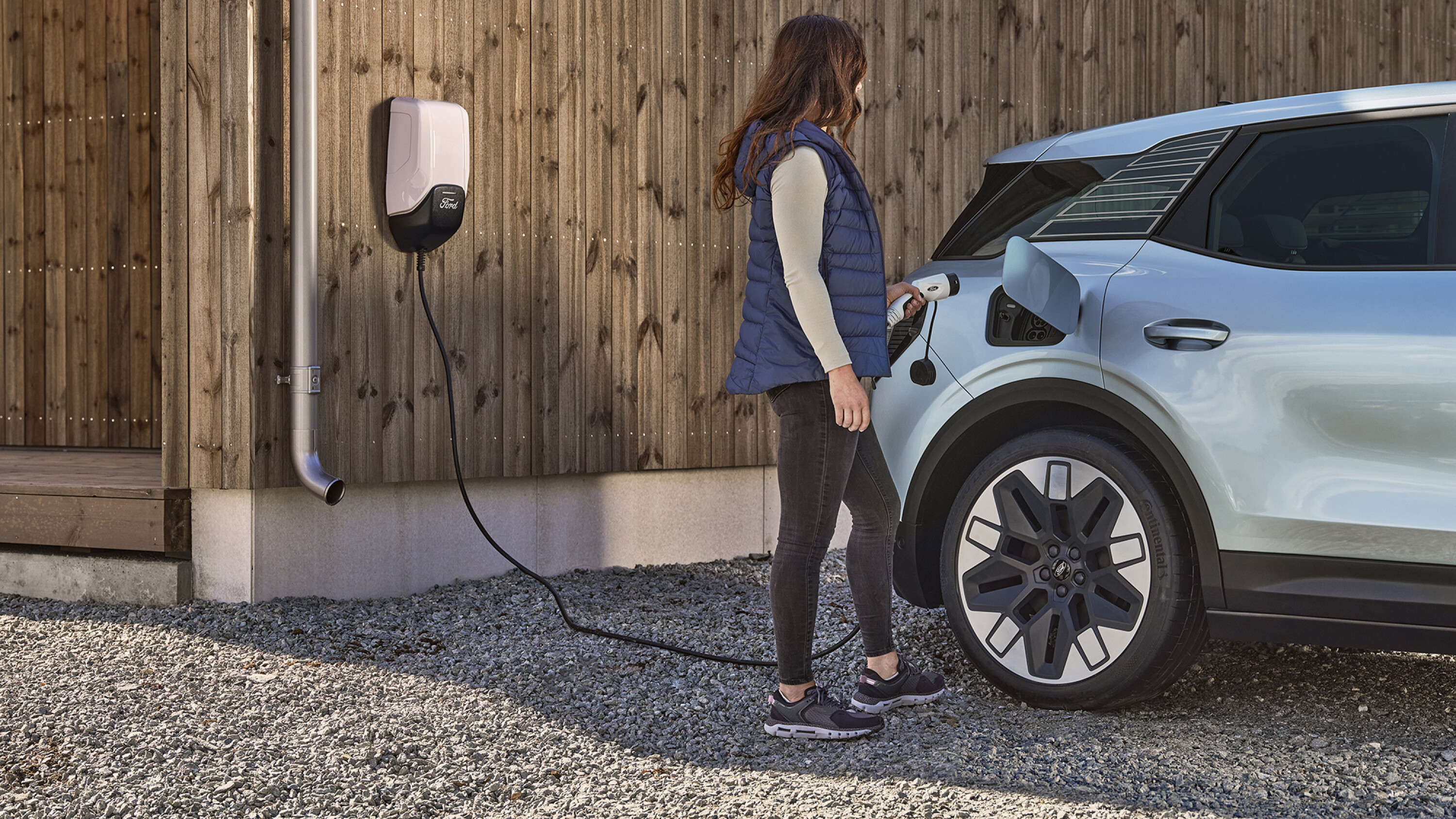
Savings to the economy, and owners
The EPA’s report says its proposed new rules would reduce the country’s oil imports by 20 billion barrels and save the government more than US$1 trillion (A$1.5 trillion) in benefits to the economy.
The EPA also claims it’ll save the average car owner US$12,000 (A$17,900) in reduced fuel and maintenance costs over the lifetime of a light-duty vehicle, while helping to reduce exposure to fine particulate patterns that cause health issues such as premature death, heart attacks, aggravated asthma, and other respiratory and cardiovascular illnesses.
The proposal adds to the US Inflation Reduction Act, which was legislated in mid-2022, encouraging carmakers to produce more vehicles in the country and spur a larger domestic battery manufacturing industry.
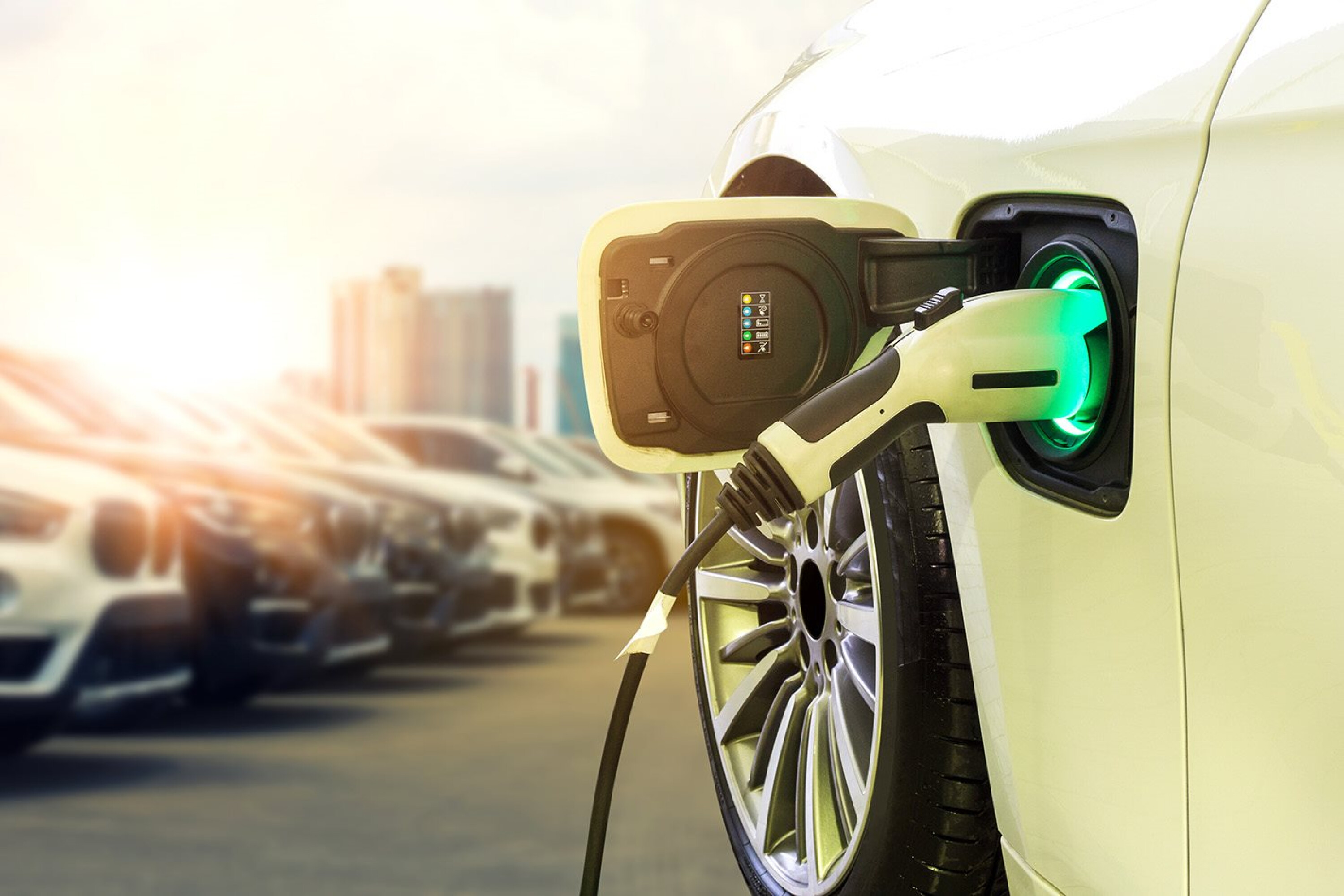
Electric Vehicle Council says it’ll hit Australia
“If the US is able to move this decisively, there is zero excuse for Australia not to follow suit.”
The Australian Government is expected to release its National Electric Vehicle Strategy later this year, with the possibility for fuel-efficiency standards, which advocates have long called for.
However, Electric Vehicle Council (EVC) CEO Behyad Jafari said that if Australia’s coming regulations are not aggressive enough, the proposed US rules will negatively affect Australia’s fledgling EV market.
“Car companies will now be racing to meet the more stringent standards set in the US, Europe, China, and even New Zealand. If they continue to see Australia as the odd nation out, they will prioritise all other markets for their latest and best EVs,” Jafari said.
“Australia will be dumped with their outdated gas guzzlers because it will be one of the only markets where there will be no consequences for doing so.
“We know the federal government has been slowly working on a new EV policy. This move in the US means the buzzer has sounded. The time for talk is done, we know the action we need to take, so let’s introduce strong new fuel efficiency standards now.
“If the US is able to move this decisively, there is zero excuse for Australia not to follow suit.
“The US first introduced fuel efficiency standards into law in the 1970s and has been strengthening them since then. In 2023, Australia has a discussion paper about them. It’s ridiculous.”
In Australia, transport is the third-largest source of harmful emissions nationally behind electricity and stationary energy.
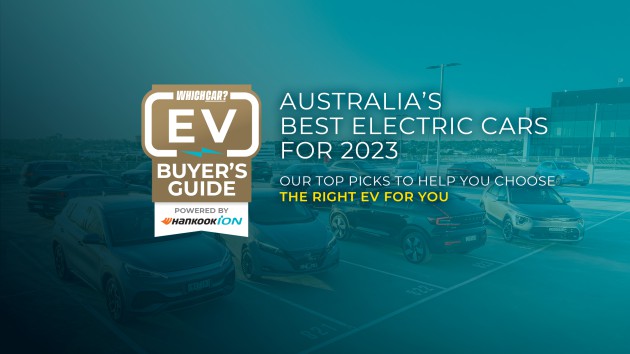
Australia’s best electric cars for 2023
We’ve tested nearly every EV below six figures in Australia to rank the best on sale today
⚡ More EV stories to help you choose the best car for your needs
We recommend
-
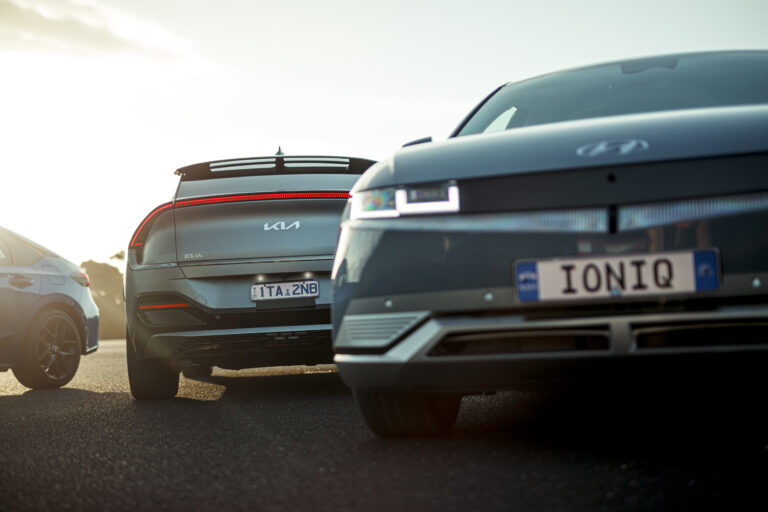 News
NewsWA Government announces $60 million EV package, road user charge from 2027
Rebates and charging infrastructure at the core of pre-Budget commitment
-
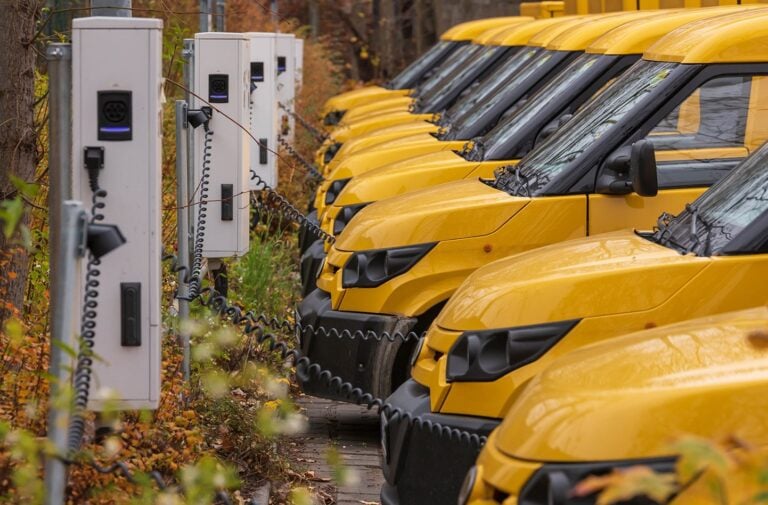 News
NewsAustralian governments urged to follow Biden's EV push
Industry groups say we should follow Joe Biden's push to electrify the US Government vehicle fleet
-
 News
NewsJoe Biden wants carmakers to produce 40 per cent EVs by 2030
Voluntary pledge to be introduced as Biden administration aims to reduce carbon emissions




